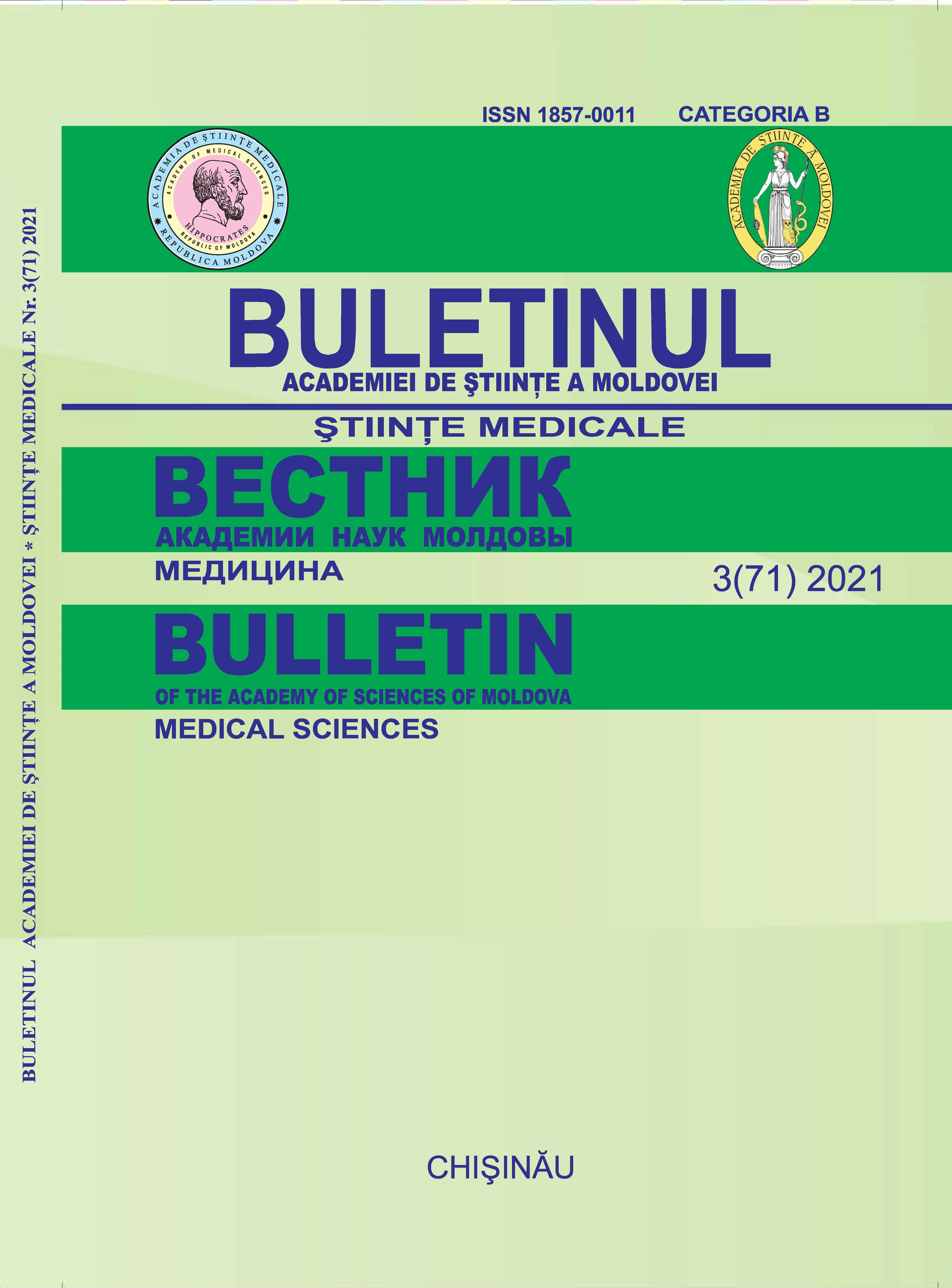CONSUMUL MEDICAMENTOS LA PACIENȚII CU CEFALEE ÎN PERIOADA POST COVID 19
DOI:
https://doi.org/10.52692/1857-0011.2021.3-71.02Cuvinte cheie:
cefalee atribuită infecției virale sistemice, cefalee persistentă post COVID, abuz medicamentos, cefalee de abuz medicamentos, Covidul lung, factori de risc pentru cronicizare, cefalee secundară post COVIDRezumat
Consumul de medicamente este un factor de risc pentru cronicizarea cefaleelor primare și dezvoltarea cefaleelor secundare. Sunt raportate forme de cefalee persistentă post COVID care în parte pot fi determinate de cefaleea atribuită COVID 19 dar și consumului de medicamente.
Scopul cercetării: analiza consumului de medicamente în perioada post COVID la subiecții cu cefalee și compararea cu nivelul anterior infectării.
Material și metodă: Studiu observațional tip sondaj online. Au fost completate chestionare de subiecții care au suportat infecția COVID 19 și au prezentat cefalee. Chestionarul structurat în 72 întrebări validat și aprobat la comitetul de bioetică instituțională. Timp de completare – 20 min. A fost efectuată analiza consumului de medicamente și determinați factorii posibili de predicție prin regresie simplă multivariată.
Rezultate: Studiul a inclus 140 subiecți cu vârsta medie 37.44±10.18 ani, 88.6 % fiind femei. Au raportat mediu consum de medicamente pentru tratamentul durerii (zile/lună) anterior COVID 19 = 4.15±4.041 (zile/lună) vs. durata COVID 19 = 9.80±7.742 (zile/lună) vs post COVID = 7.7±8.243 (zile/lună) (½ p<0.000, 1/3 p<0.026). Analiza de regresie multivariată a permis prezicerea factorilor determinanți ai consumului de medicamente. Model 1 - R2 = 0.471, p=0.031, F= 2.13, df = 15; Predictor 1 = consumul medicamente anterior COVID: B= 0.641, β=0.408, t= 2.85, p= 0.017; Predictor 2 = caracter cefalee post COVID: B= -2.33, β= -0.293, t= -2.09, p= 0.044; Predictor 3 = trist post COVID: B= - 4.00, β= -0.300, t= -2.09, p= 0.050. Model 3 - R2 = 0.204, p=0.004, F= 6.26, df = 2, Predictor 1 = consumul medicamente anterior COVID: B= 0.595, β= 0.379, t= 2.9, p= 0.005, Predictor 2 = vertij post COVID: B= 2.183, β= 0.319, t=2.462 , p= 0.017
Concluzie: Consumul de medicamente în perioada post COVID este asociat cu mai mulți factori dar valoare predictivă, statistic semnificativ au prezentat doar consumul de medicamente anterior infectării, caracterul cefaleei și tristețea prelungită post COVID cât și asocierea vertijului.
Referințe
Moro E, Priori A, Beghi E, et al. The international European Academy of Neurology survey on neurological symptoms in patients with COVID-19 infection. European journal of neurology : the official journal of the European Federation of Neurological Societies. 2020;27(9):1727-37. Epub 2020/06/20.
Lopez JT, Garcia-Azorin D, Planchuelo-Gomez A, et al. Phenotypic characterization of acute headache attributed to SARS-CoV-2: An ICHD-3 validation study on 106 hospitalized patients. Cephalalgia. 2020;40(13):1432-42. Epub 2020/11/05.
Uygun O, Ertas M, Ekizoglu E, et al. Headache characteristics in COVID-19 pandemic-a survey study. J Headache Pain. 2020;21(1):121. Epub 2020/10/15.
Martelletti P, Bentivegna E, Spuntarelli V, et al. Long-COVID Headache. SN Compr Clin Med. 2021:1-3. Epub 2021/05/27.
Liu J, de Luca RD, Mello Neto HO, et al. PostCOVID-19 Syndrome? New daily persistent headache in the aftermath of COVID-19. Arq Neuropsiquiatr. 2020;78(11):753-4. Epub 2020/12/18.
Curone M, Tullo V, Lovati C, et al. Prevalence and profile of obsessive-compulsive trait in patients with chronic migraine and medication overuse. Neurological sciences : official journal of the Italian Neurological Society and of the Italian Society of Clinical Neurophysiology. 2014;35 Suppl 1:185-7. Epub 2014/05/29.
Dassieu L, Kabore JL, Choiniere M, et al. Understanding the link between substance use and chronic pain: A qualitative study among people who use illicit drugs in Montreal, Canada. Drug Alcohol Depend. 2019;202:50-
Epub 2019/07/14. 8. IHS. The International Classification of Headache Disorders, 3rd edition. Cephalalgia. 2018;38(1):1-211. Epub 2018/01/26.
Stovner LJ, Nichols E, Steiner TJ, et al. Global, regional, and national burden of migraine and tension-type headache, 1990–2016: a systematic analysis for the Global Burden of Disease Study 2016. The Lancet Neurology. 2018;17(11):954-76.
Al-Hashel JY, Abokalawa F, Alenzi M, et al. Coronavirus disease-19 and headache; impact on preexisting and characteristics of de novo: a cross-sectional study. J Headache Pain. 2021;22(1):97. Epub 2021/08/23.
Arca KN, Smith JH, Chiang CC, et al. COVID-19 and Headache Medicine: A Narrative Review of NonSteroidal Anti-Inflammatory Drug (NSAID) and Corticosteroid Use. Headache. 2020;60(8):1558-68. Epub 2020/07/11.
Fernandez-de-Las-Penas C, Gomez-Mayordomo V, Garcia-Azorin D, et al. Previous History of Migraine Is Associated With Fatigue, but Not Headache, as Long-Term Post-COVID Symptom After Severe Acute Respiratory SARS-CoV-2 Infection: A Case-Control Study. Front Hum Neurosci. 2021;15:678472. Epub 2021/07/24.
Moldovanu I. The prevalence of headache disorders in the Republic of Moldova : a population- based study. Cephalalgia. 2007;27:673.
Grosu O. Headaches in the context of the COVID-19 pandemic: preliminary results of a national survey. The Moldovan Medical Journal, 7th Congress of the Society of Neurologists Issue of the Republic of Moldova 2021;64.
Magdy R, Hussein M, Ragaie C, et al. Characteristics of headache attributed to COVID-19 infection and predictors of its frequency and intensity: A cross sectional study. Cephalalgia. 2020;40(13):1422-31. Epub 2020/11/05.
Rozen TD. Daily persistent headache after a viral illness during a worldwide pandemic may not be a new occurrence: Lessons from the 1890 Russian/Asiatic flu. Cephalalgia. 2020;40(13):1406-9. Epub 2020/11/05.
Caronna E, Alpuente A, Torres-Ferrus M, et al. Toward a better understanding of persistent headache after mild COVID-19: Three migraine-like yet distinct scenarios. Headache. 2021;61(8):1277-80. Epub 2021/08/08.
Dono F, Consoli S, Evangelista G, et al. New daily persistent headache after SARS-CoV-2 infection: a report of two cases. Neurological sciences : official journal of the Italian Neurological Society and of the Italian Society of Clinical Neurophysiology. 2021;42(10):3965-8. Epub 2021/07/16.
Descărcări
Publicat
Număr
Secțiune
Licență
Copyright (c) 2022 Buletinul Academiei de Științe a Moldovei. Științe medicale

Această lucrare este licențiată în temeiul Creative Commons Attribution 4.0 International License.



